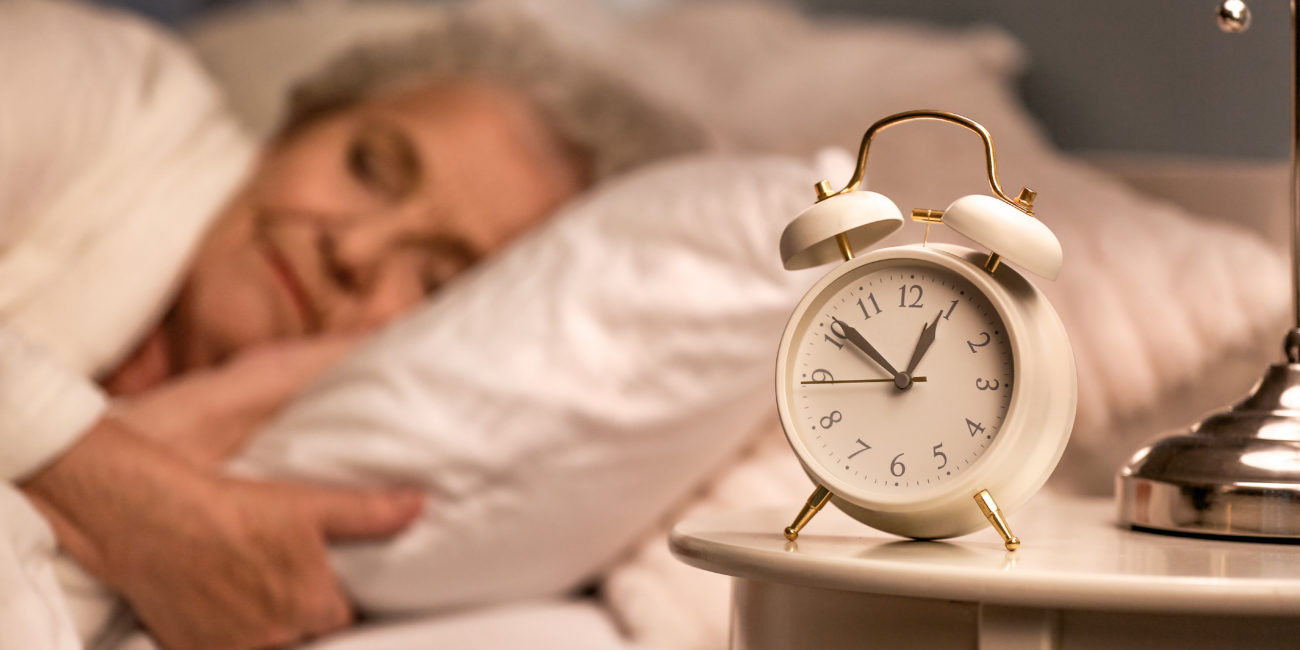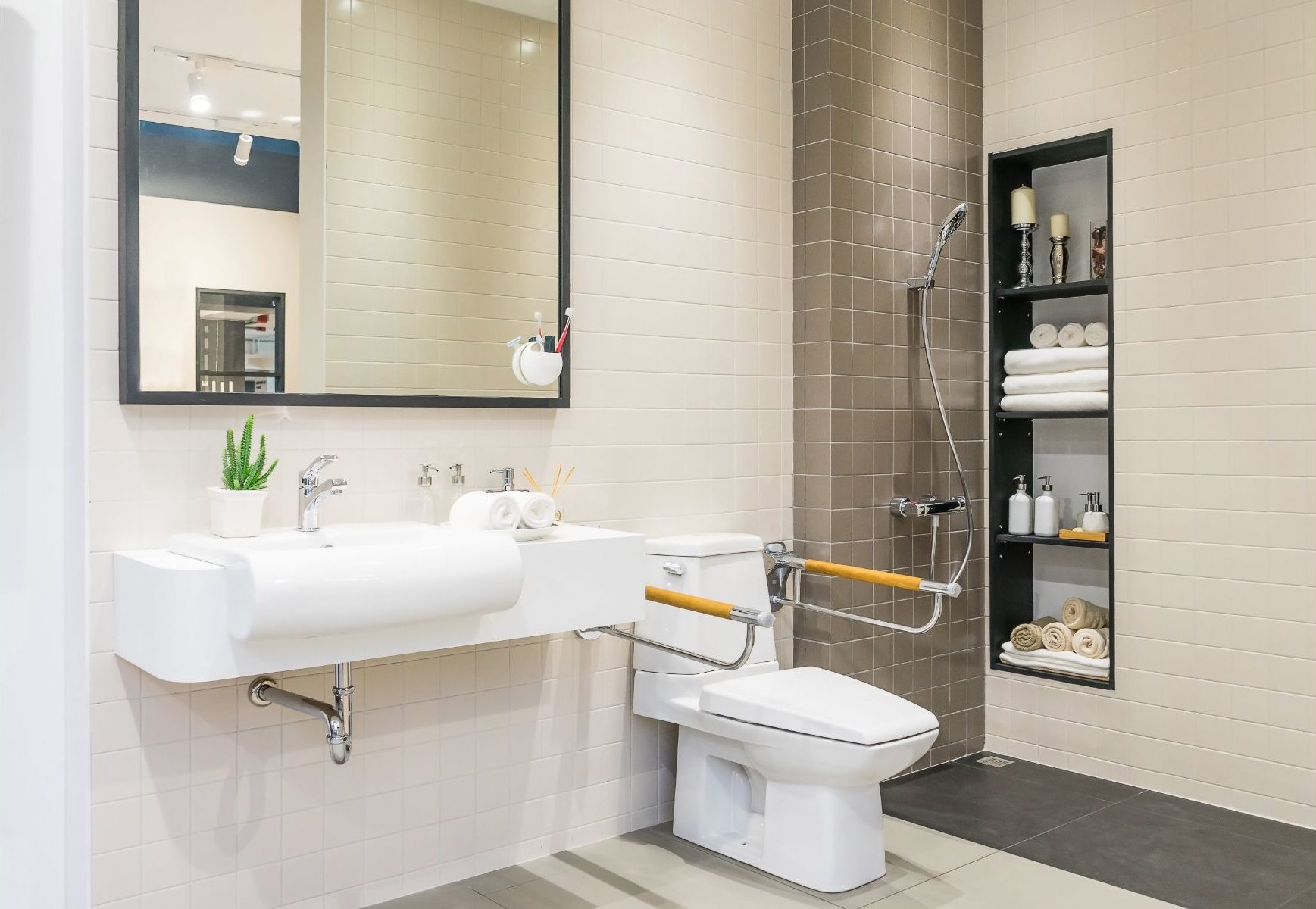Parkinson’s Disease (PD) is a neurodegenerative disorder, meaning that the patient’s condition will decline over time. There is currently no known cure to effectively stop or slow down the disease. It is important for us with loved ones with PD to understand that changes to the living environment will more than likely change over time. As their abilities change, their needs will also evolve. Adaptations that work today or next month will need to be reviewed regularly.


Preventative Measures
Installing a bed rail or pole to assist in getting in and out of bed could be the single most important modification to make in the bedroom. This adjustment will help with transfers and allow our loved ones to reach lamps and switches safely. Many products do not require drilling into walls or surfaces to install these products and can often be placed throughout the home if needed!
Evenings are a typical time for falls to occur for our loved ones. Bathroom visits and other late-night activities can be dangerous. Therefore, the more prepared we are in preventing a fall, the less chance of such an issue. We could consider the following tips:
- Light a room with a bright night light
- Remove rugs or other clutter by the bed
- Place an alarm clock, phone, or lamp within easy reach on a nightstand
- Using silk sheets rather than flannel or down material will allow for more effortless mobility
- Replacing top sheets with a light comforter will also help reduce the number of layers and materials to deal with


Bedroom Adjustments
Ensure that the bed frame is secure and sturdy, attached to the wall when necessary. Additionally, if their bed has casters, take the time to remove them as they will cause the bed to shift position over time.
If transferring from/to a wheelchair, the brakes should always be placed in the “locked” position. When it comes to transferring someone from the bed to a mobility device, it’s always a good idea to take the precaution of speaking with an OT or PT to determine the safest method for each unique scenario. Finally, always test out bed rails/poles with the user to ensure everything is positioned correctly and safely.
Dressing in the bedroom will often call for modifications as the grip and overall mobility will deteriorate over time. A long, handled reacher or claw device to lift clothes and light objects could be beneficial. Several other products, such as a sock aid, button closer, and elongated shoehorn, can also enable a parent to dress mostly independently and with their dignity intact.


Bathroom Changes
A must-have modification is a raised toilet seat; about 17 inches or higher will work. This will significantly assist in accessing the toilet for a loved one who does not have the strength to get out of a lowered position. Grab bars would be the next best choice. The placement of grab bars will depend on the height of the user and the space available. A Physical Therapist or Occupational Therapist can always help with these adjustments as well!
Placing railings next to a toilet will significantly increase the safety of older adults during transfers and toileting. These can be placed on one or two sides, depending on the strength of the patients. Make sure to install grab bars into wall studs with appropriate anchors.
Installing grab bars in the shower can also be quite helpful. The use of suction cup grab bars is a second-choice option, as they are often not designed to fully support the human body weight. They are better than nothing, but strongly consider installing stud-supported grab bars when possible.


A Step in the Right Direction
We need to consider if our loved ones can safely step over the bathtub ledge. This movement becomes increasingly difficult as the disease progresses. A grab bar attached to the bathtub may help in this situation. Having them practice getting in and out of the bathtub can be helpful if we are hoping to have them attempt this task on their own. If that is not an option, a shower chair/transfer bench can be a great cost-effective option.
Replacing a shower door from glass to plastic may also help reduce the risk of injury in case of falls, and a curtain could help someone with difficulty grasping. This can be done with a set of power tools in about an hour and can make a huge difference! Another must-have for a loved one with PD is a nonslip mat in the shower or bathtub. Nonskid mats work well around the sink area and other areas that often get slippery and wet from shower/bath splashes. Changing the shower-head to a handheld shower wand will make showers easier as well.
Finally, replacing bar soap with a liquid body wash or a soap-on-a-rope can mitigate bath time risks as soap can be difficult to grasp with low grip strength. Providing easy-to-use alternatives is a great way to make bath time safer and more enjoyable for aging adult.



Leave a Reply